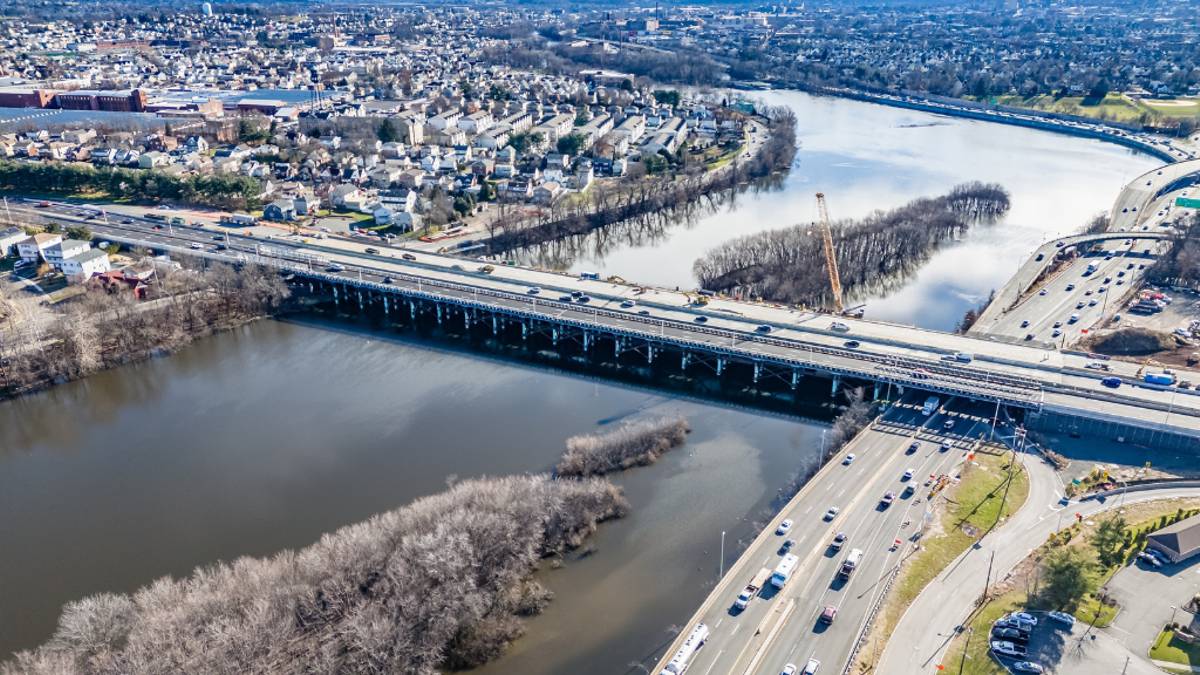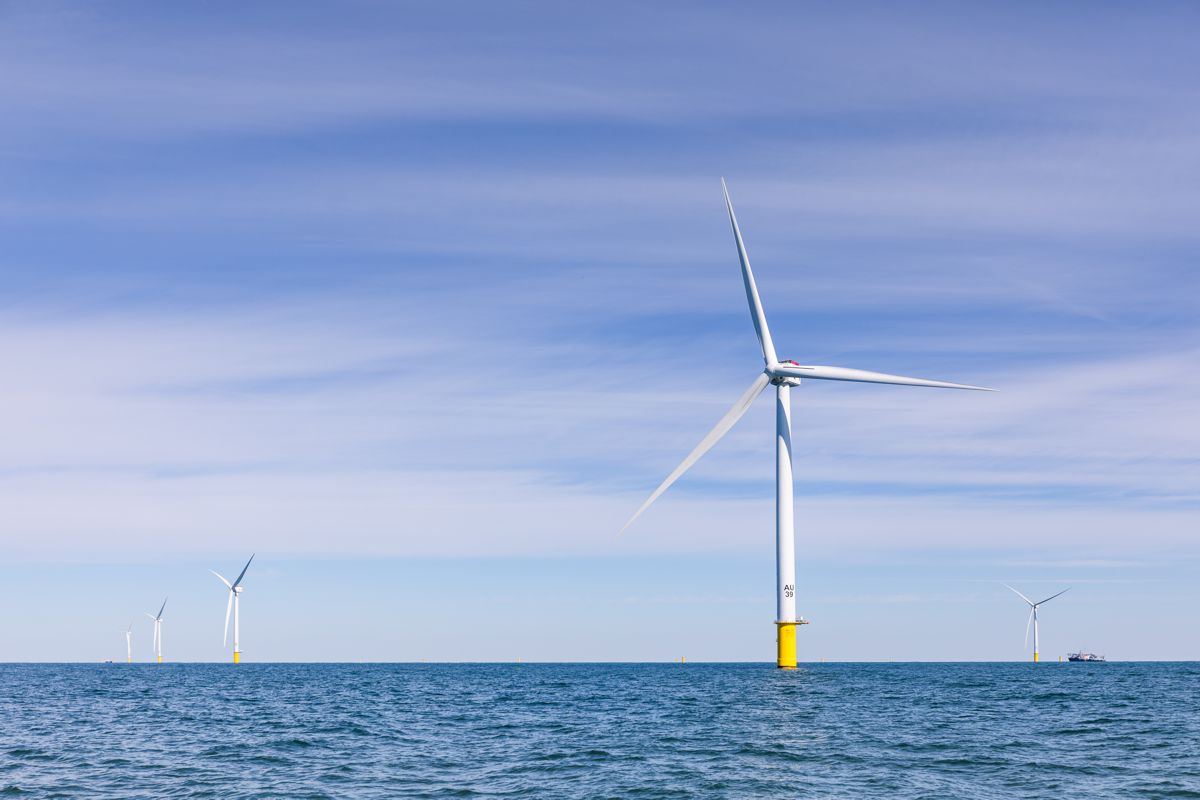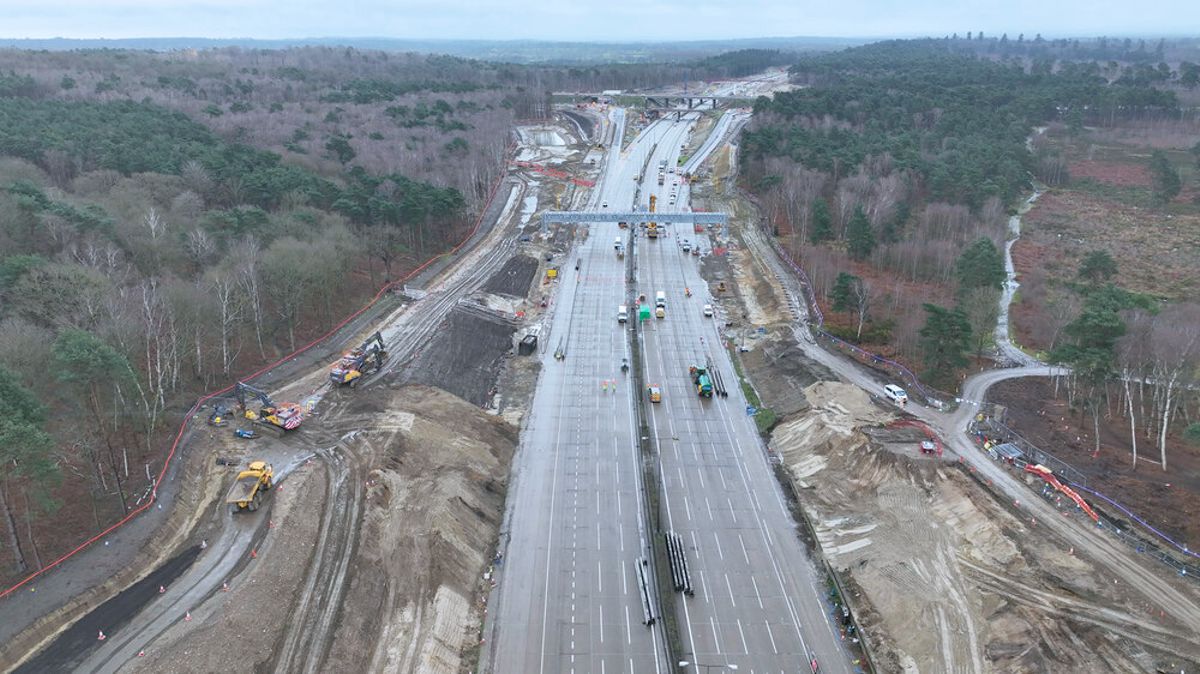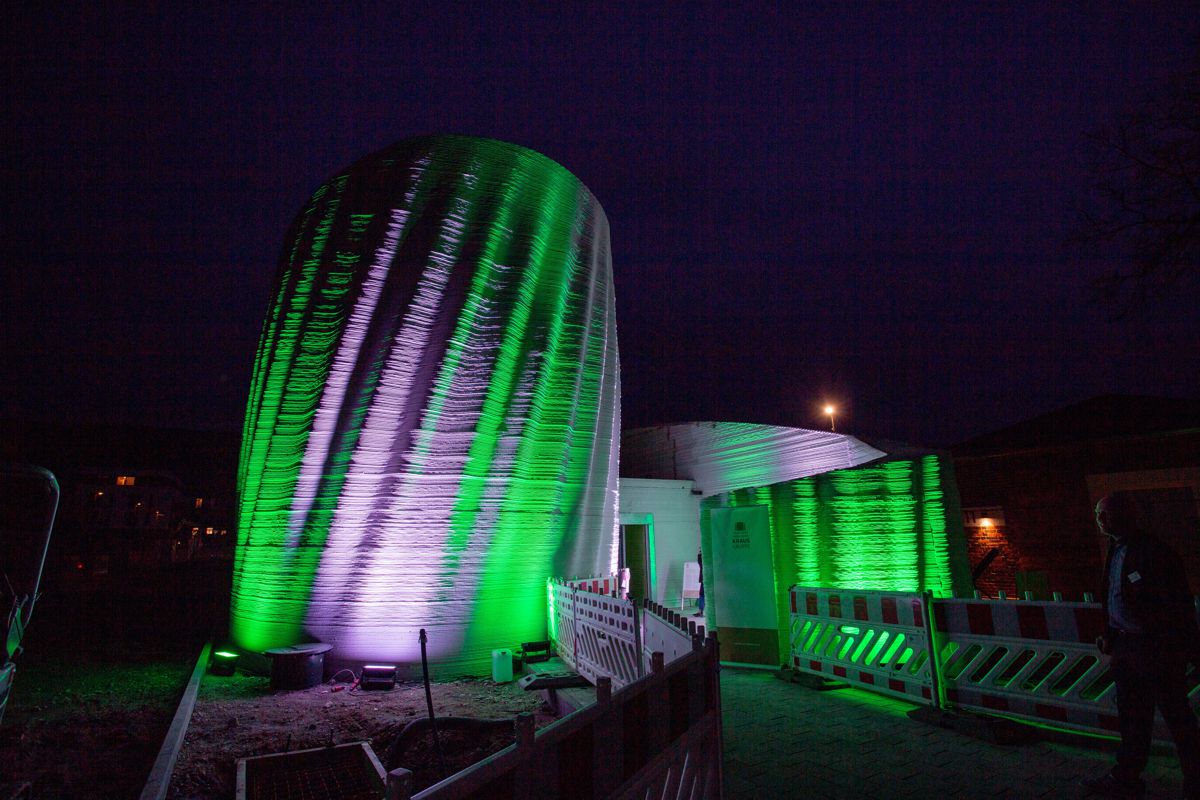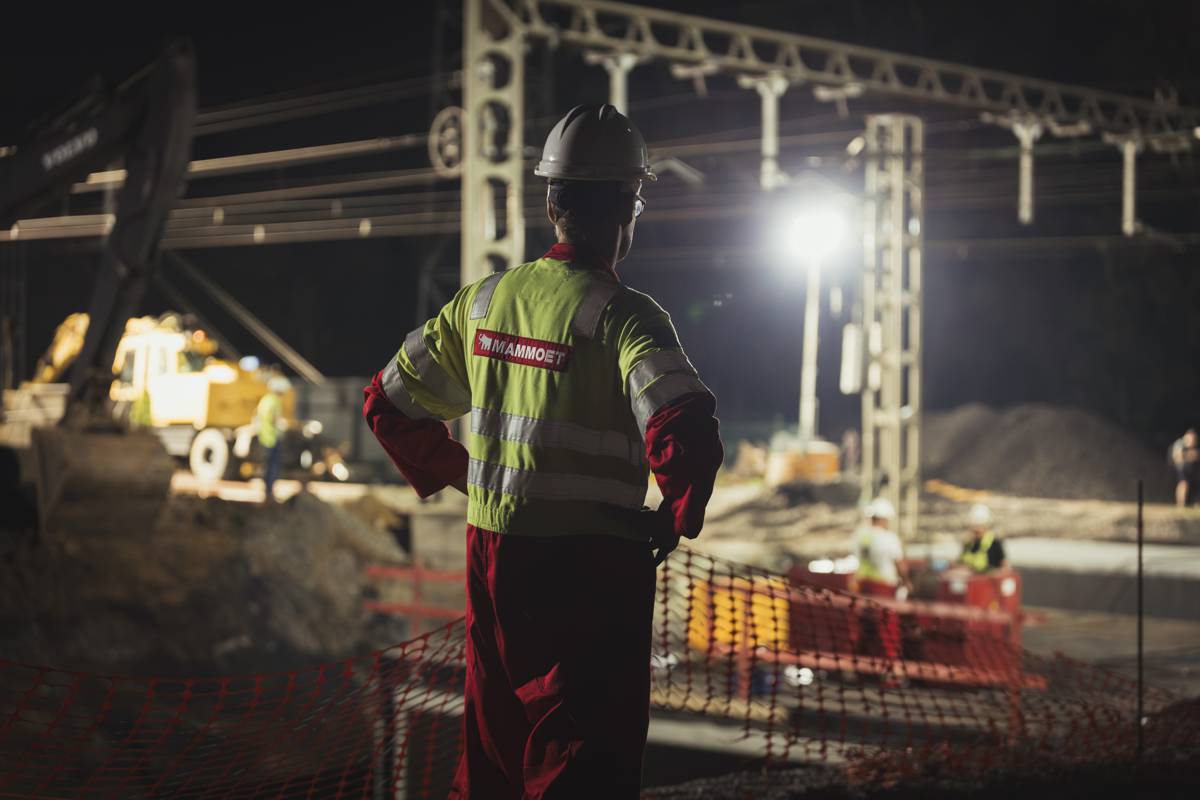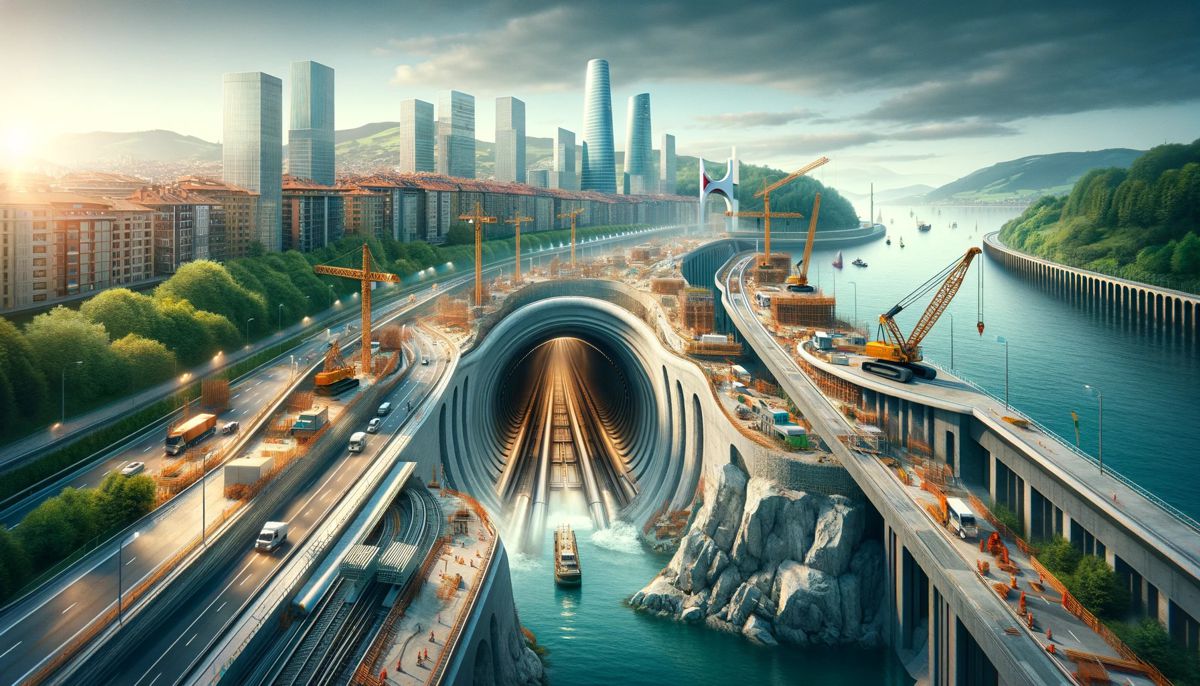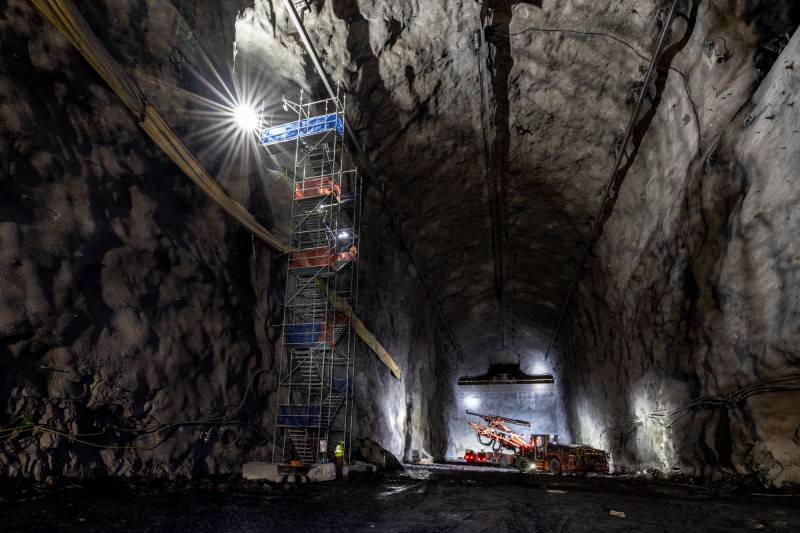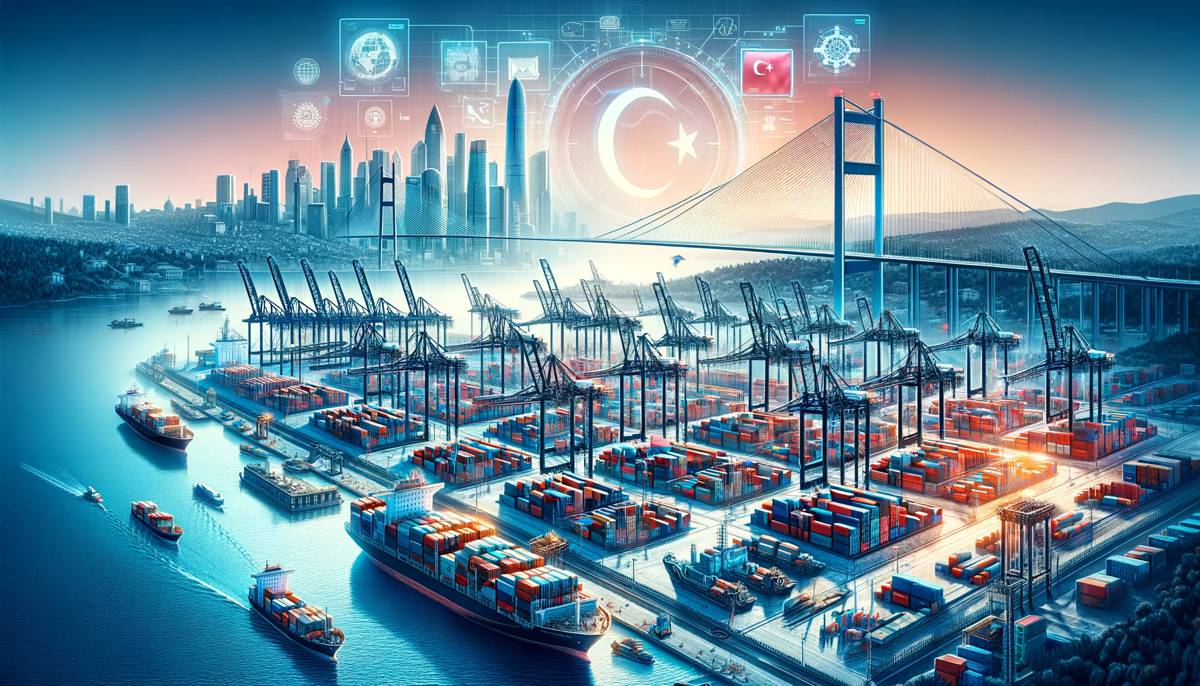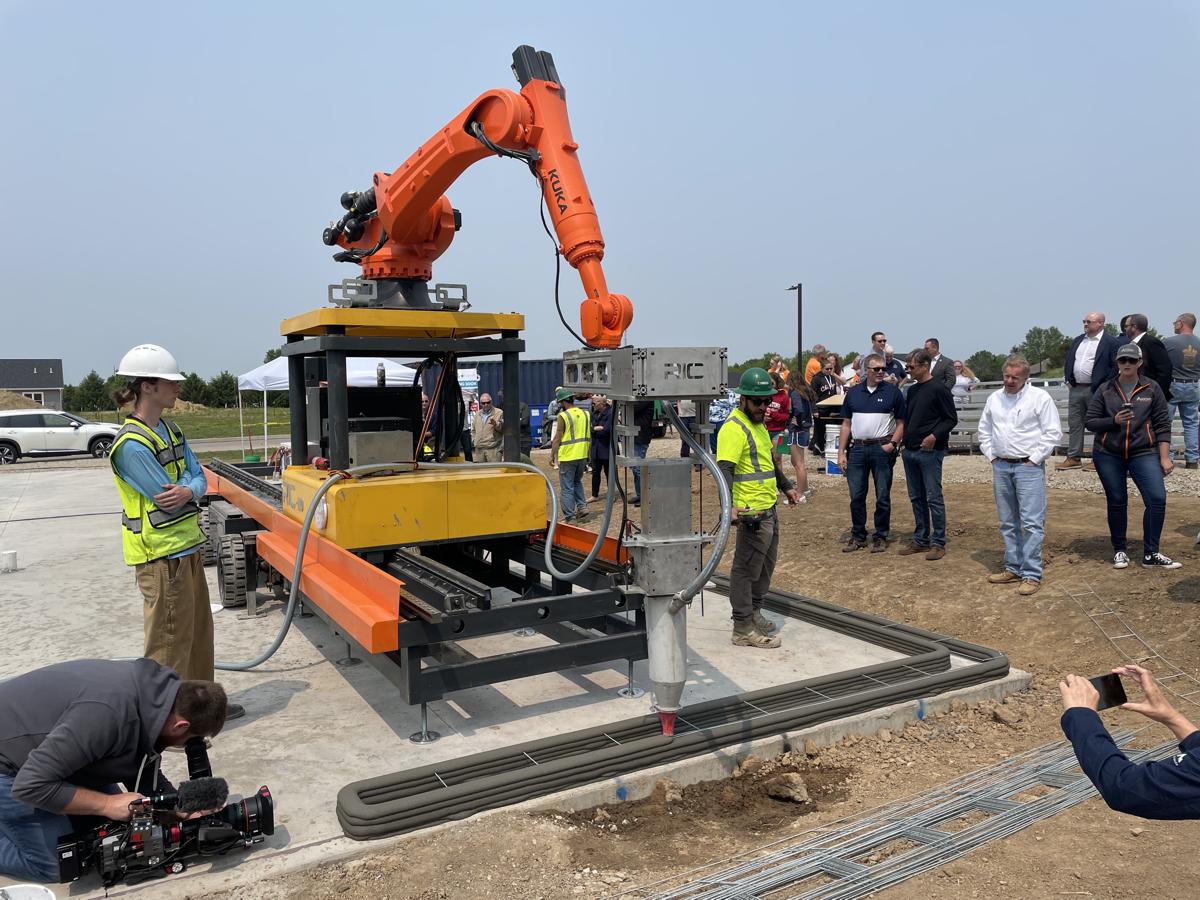Turkeys Eurasia Tunnel a giant dives deep and brings Europe and Asia together at the Bosphorus.
In 2015 one of the boldest tunnel missions ever experienced a major breakthrough. The Turkish Prime Minister Ahmet Davutoğlu witnessed Herrenknecht’s 13.7 metre diameter mix-shield cutter head pierce the target shaft wall, with millimetre precision, on the European side of Istanbul City, exactly to plan.
The Prime Minister marvelled at the finale of a historic construction achievement. Never before has such a large, high-performance tunnel been built underground under such complex and extreme conditions. After 16 months of tunnelling under the Bosphorus Strait, the emergence of the drilling giant was an engineering and emotional triumph for the building contractors, Turkish-South Korean joint venture Yapı Merkezi as leader and SK Engineering & Construction.
Launched from the Asian side, with water pressures up to 11 bar the 3.34 kilometre long underpass for the two-story Eurasia road tunnel was a huge endurance test for ultra-modern tunnelling technology.
Company founder Martin Herrenknecht and his engineers also cheered at the sight of the cutter head in the target shaft. The successfully completed drive marked new feasibility standards in tunnel construction.
In Istanbul, the new road tunnel will provide major relief of traffic congestion on the strait crossing.
In global tunnel construction, few projects are crowned with the superlative “epoch-making”. Built with an excavation diameter of 13.7 meters, the Eurasia road tunnel in Istanbul, a crossing beneath the Bosphorus totalling 5.4 kilometres in length, does this accolade justice in many ways. Back in the 19th century already, the visionary Sultan Abdülmecid I, ruler of the Ottoman Empire, pushed the planning of a tunnel under the strait. This proved to be impossible with the technology available at the time.
The carefully planned and successfully executed arrival of the 120-meter long tunnel boring machine was an engineering feat in particular for the Yapı Merkezi and SK Engineering & Construction joint-venture.
The project has had a significant impact on global tunnelling as new feasibility standards have now been established in the construction of tunnels under extreme ground conditions. “I believe, with today’s results, this project will pioneer and encourage tunnelling to go deeper, farther and larger.” said Dr. Ersin Arıoğlu.
The unique 3,300 tonne boring machine was specially designed in Schwanau and was launched in April 2014 with 4,900 kW of drive power and 23,900 kNm of torque to power the tunnel boring machine into the ground at a gradient of five percent. The large format mix-shield tunnelled down to the deepest point 106 metres below the Bosphorus. Combined with a very changeable and wear-intensive underground that placed extreme demands on the giant cutting wheel’s excavation tools that necessitated a range of different safety features that were trialled in previous undertakings and further developed for pioneering projects by Herrenknecht.
“The particular challenge was to develop a cutting wheel that allows safe replacement of the excavation tools from the inside even with the huge external pressure,” explains Werner Burger, Head of Engineering at Herrenknecht. The result: a cutting wheel accessible from the rear through narrow working chambers. The tools can thus be changed safely by the crew through special lock systems under atmospheric pressure conditions. In addition, the tunnel boring machine was fitted with special equipment for the use of saturation divers. “In the course of the advance all the equipment has proven itself for maintenance and repair work,” says Burger.
Thanks to the pioneering technology and the ideal co-operation of all project partners, the tunnel boring machine achieved excellent top performances under the Bosphorus of up to 92 meters per week.
Now around 100,000 cars a day cross between the continents in the Eurasia Tunnel on two roadways one above the other. The new tunnel infrastructure is the first direct link between the historic Golden Horn peninsula on the European side and the port area on the Asian side. It will provide decisive relief of the chronically congested traffic in Istanbul and has reduced the journey time from currently 100 to just 15 minutes.






